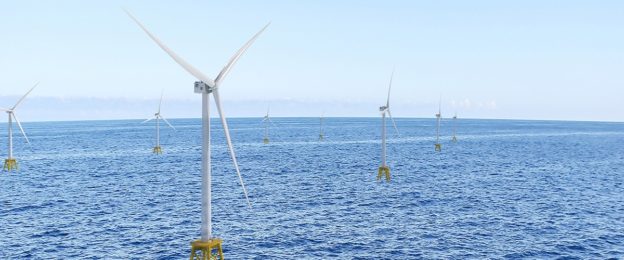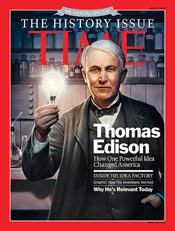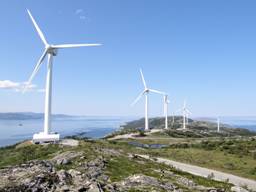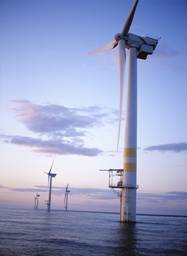Something big is coming….soon….a wind turbine of truly gigantic proportions.
As the world looks to the oceans for the location of wind farms, it becomes obvious the costs for such farms will be expensive, given the difficulty of offshore installations. It behooves designers to install large wind machines to reduce the total number of machines, and thus all the balance of plant costs associated with linking a large number of machines together. This is the key idea behind GE’s new very large wind turbine, the Haliade-X class of turbines.
Heretofore, large wind turbines were considered to be approximately 5-9 MW in size. However, the Haliade-X class of machines is a hefty 12 MW in size; which means its blades must be quite long to harvest large amounts of energy from the steady winds one encounters several miles offshore. Check out this large wind turbine here (https://www.youtube.com/watch?v=ybh7NwZv7c8).
Each new turbine when fully operational can generate 45% more energy than contemporary machines, supplying about 16,000 homes with electricity. Its capacity factor is also greater than contemporary machines, which means it can harvest more wind and usefully convert it to electricity. This makes offshore wind farms more compact and cheaper.
Here are the impressive physical particulars:
Each blade is longer than a football field, with a total rotor diameter of 722 feet [220 m]. Keep in mind that while city blocks vary in length around the U.S., a length of 600-800 feet is not unusual in older established towns and cities. The blades of the Haliade-X is almost at the upper end of this range. Imagine your block rotating in the air! Just to put this in perspective, modern day aircraft carriers are typically 1,000 feet in length.
The area swept out by the rotor blades is equivalent to 7 football fields…truly gigantic. Those football fields all together occupy 9.2 acres. Again….the useful comparison to an aircraft carrier, whose flight deck is on the order of 4.5 acres—so the total rotor swept area of a Haliade-X wind turbine is twice the area of a modern aircraft carrier!
The total height of the turbine assembly to water line is 853 feet, or 3 times the total height of the famous Flatiron Building in lower New York City; and approaching the height of the Chrysler Building and the Eiffel Tower.
To facilitate the capture of large amounts of wind (and solar) energy will require large surface areas, for which there is no getting around this. Efforts like that of GE’s new Haliade-X wind machine is a serious engineering response to this challenge. Probably in the next two years, look for the installation of this new turbine.
Thomas Edison said … “I’d put my money on the sun and solar energy. What a source of power! I hope we don’t have to wait until oil and coal run out before we tackle that. I wish I had more years left.”








